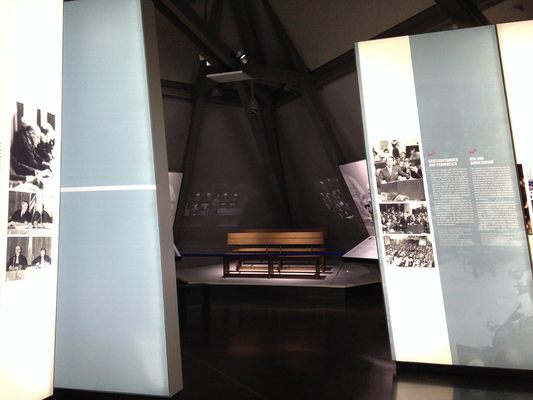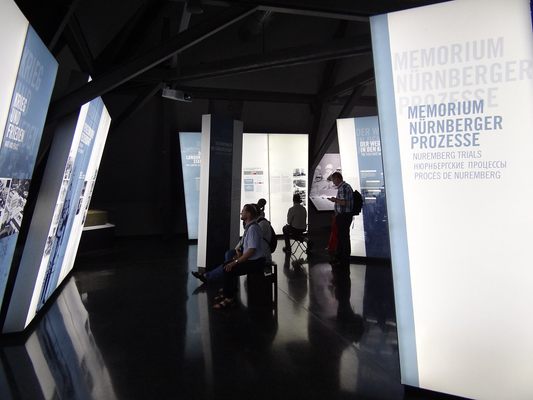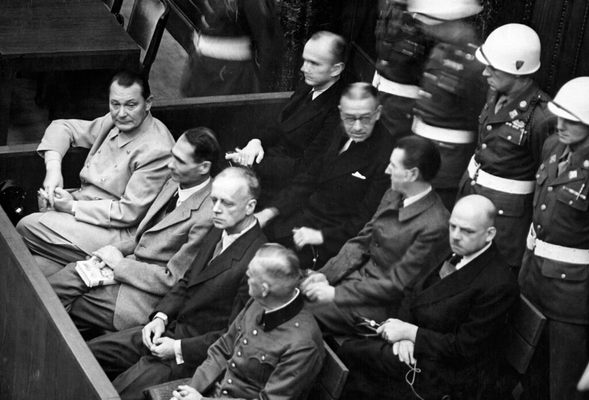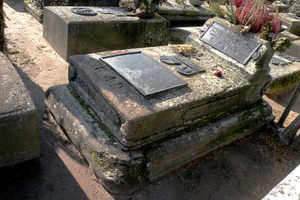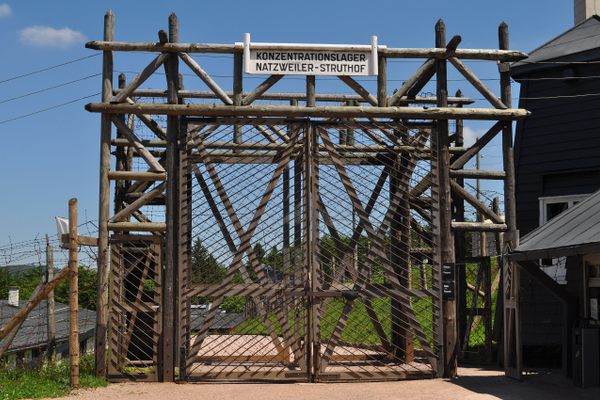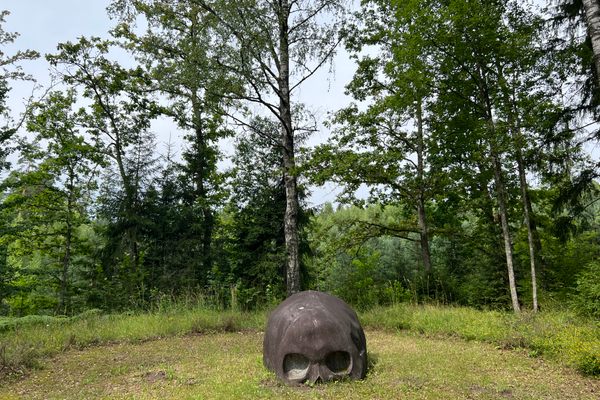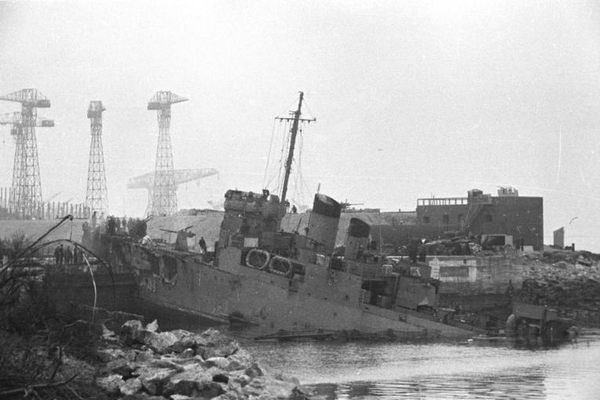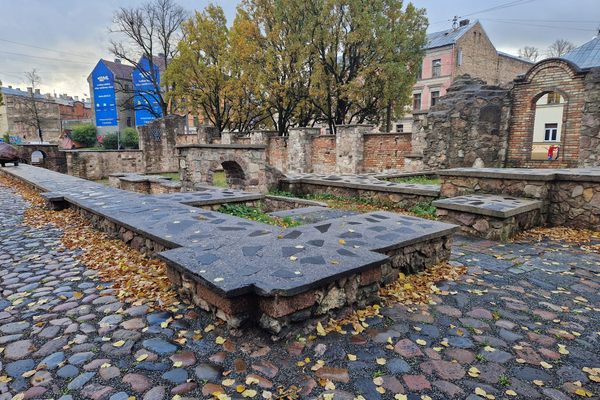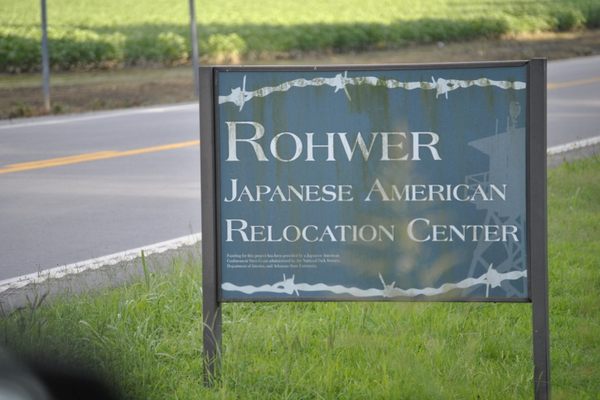About
Not far from the center of Nuremberg stands a grand old building in the Renaissance Revival style. In 1945, this was the backdrop to one of the most historically and legally significant cases of international law, the Nuremberg Trials, in which the surviving leaders of Nazi Germany were tried for their crimes.
After the end of World War II, the Allied powers sought to bring to justice the people responsible for the Holocaust and war crimes committed by the Third Reich. The Justizpalast Nürnberg (Nuremberg Palace of Justice) was ultimately chosen for the location of the trials for several reasons: The court was one of the few undamaged large buildings available for use after the Allied bombing campaign of Germany. It was adjacent to a maximum-security prison, where the Nazi leaders on trial were held. Finally, because Nuremberg had been a focal point of Nazi propaganda rallies in the years leading up to the war, it was felt that the city would be ideal for the symbolic display of the defeat and death of Nazi Germany.
The Nuremberg Trials lasted for nearly a year, from November 1945 to October 1946. An International Military Tribunal (IMT) made up of judges from Great Britain, France, the Soviet Union, and the United States presided over the hearings of nearly 200 people, ranging from major Nazi leaders to medical professionals and industrialists.
Today, the Nuremberg Palace of Justice is home to Memorium Nürnberger Prozesse, a museum where visitors can learn about the historic significance of the trials, see many artifacts relating to the cases, and even enter the courtroom where the proceedings took place.
Related Tags
Know Before You Go
The museum is open every day except Tuesdays from 10 a.m. to 6 p.m. The entrance fee costs € 6.00 Euros.
Community Contributors
Added By
Published
February 24, 2022
